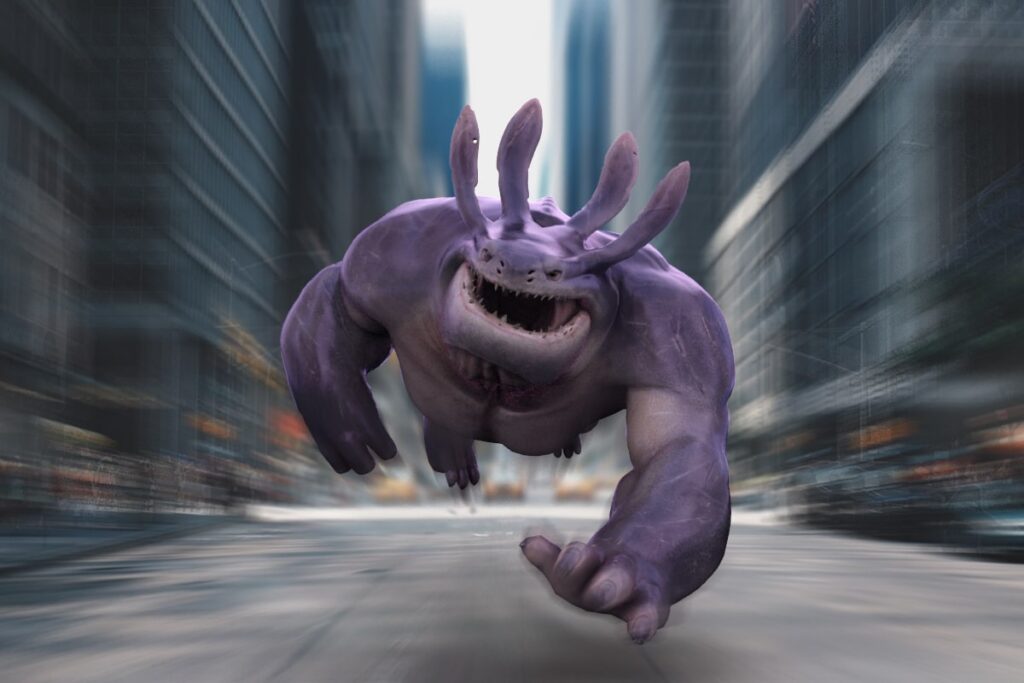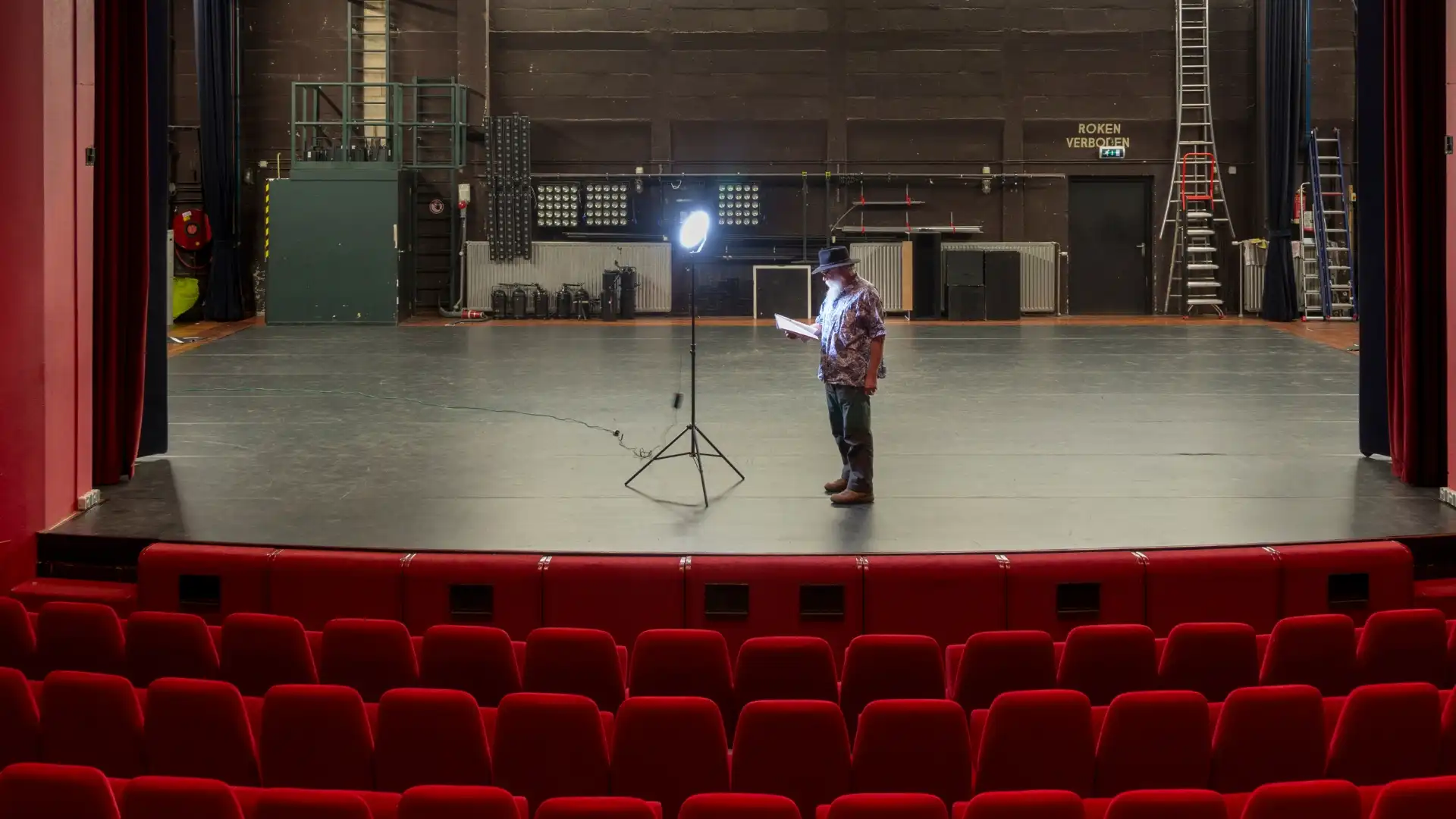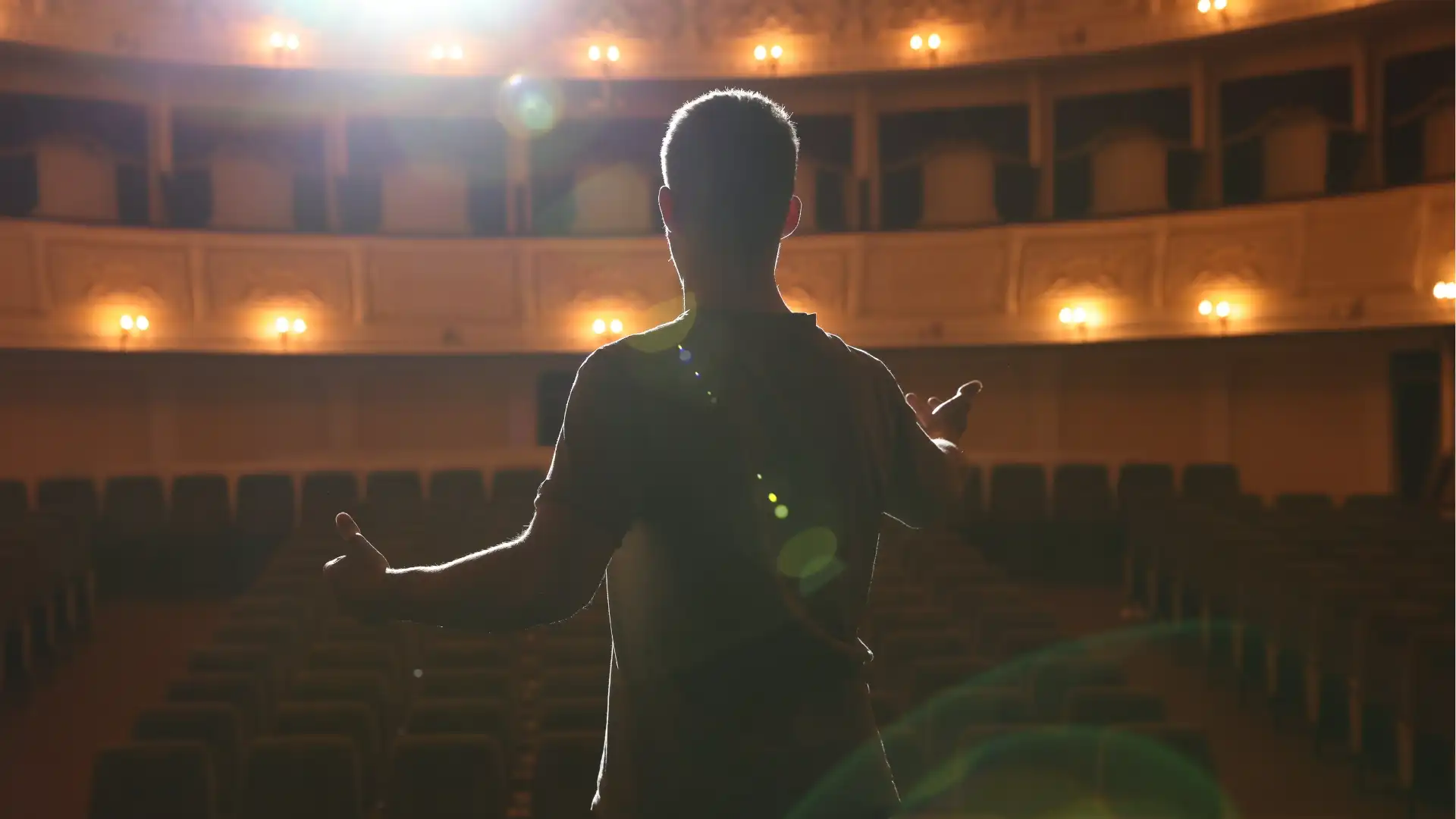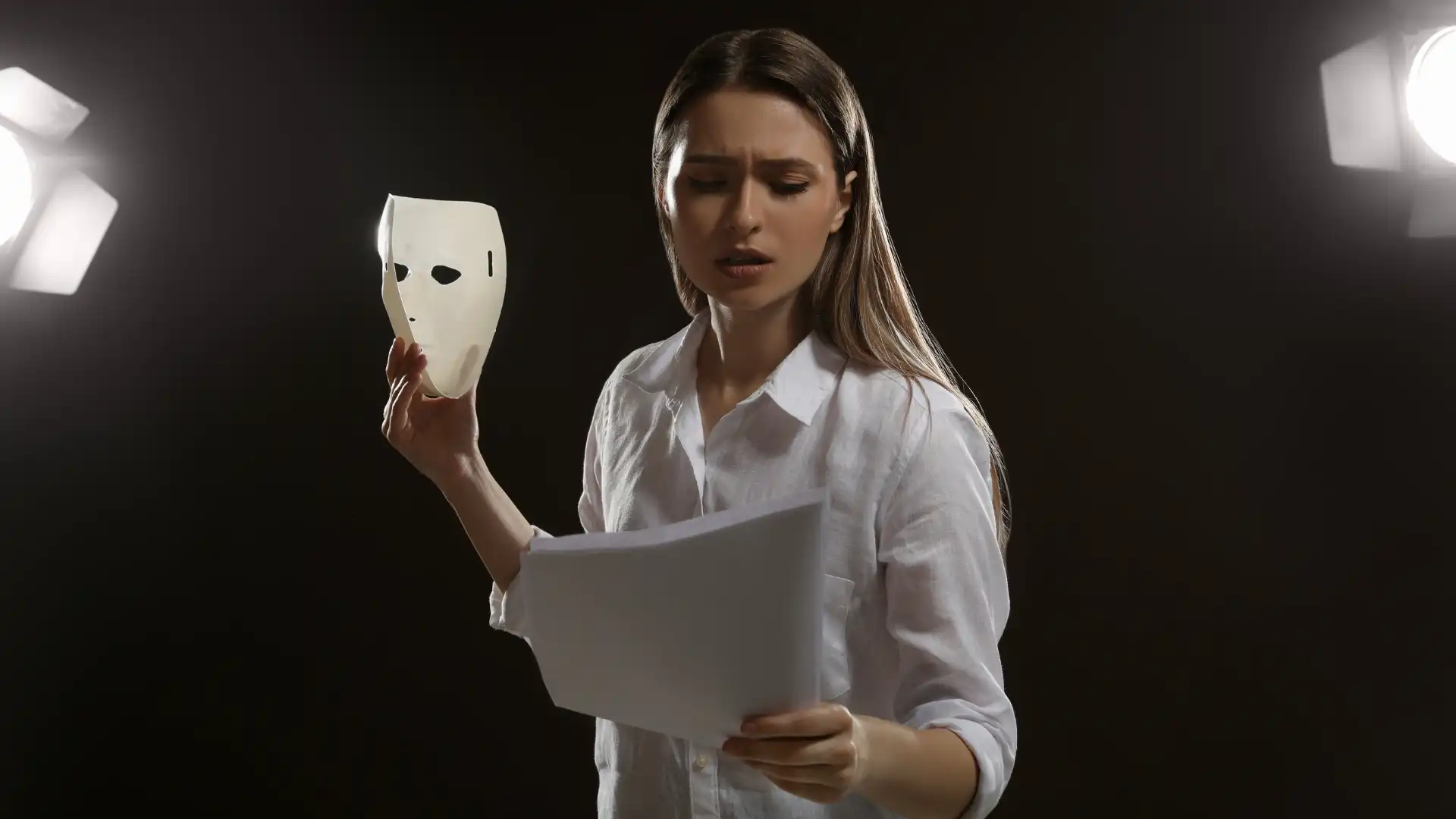Color plays a significant role in the world of animated films, influencing emotions, setting the tone, and enhancing storytelling. The careful selection and application of colors can evoke specific moods, convey messages, and captivate audiences of all ages. Understanding the psychology of color in animated films is essential for animators, filmmakers, and storytellers looking to create impactful visual narratives.
In this article, we delve into the fascinating realm of color psychology in animated films, exploring how different colors are used to evoke emotions, convey themes, and enhance the overall viewing experience.
The Power of Color in Storytelling
Color is a powerful storytelling tool that can communicate emotions, themes, and character traits without the need for words. In animated films, color choices are deliberate and strategic, serving as visual cues that guide the audience through the narrative.
For example, warm colors like reds, oranges, and yellows are often associated with energy, passion, and excitement, while cool colors like blues and greens can evoke feelings of calmness, tranquility, and sadness.
The Influence of Color on Emotions
Colors have the ability to evoke specific emotions and create a mood within a scene. For instance, the use of vibrant, saturated colors can evoke feelings of joy and happiness, while muted, desaturated colors can convey a sense of melancholy or nostalgia.
In animated films, color palettes are carefully chosen to elicit emotional responses from the audience and enhance the overall storytelling experience.
Color Symbolism in Animated Films
Color symbolism plays a crucial role in conveying deeper meanings and themes in animated films. Certain colors are often associated with specific concepts or ideas, allowing filmmakers to communicate complex messages in a visually engaging manner.
For example, the color red is commonly used to represent passion, love, and danger, while blue is often associated with tranquility, trust, and sadness. By leveraging color symbolism, animators can add layers of depth and meaning to their storytelling.
Creating Visual Harmony Through Color
In animated films, color harmony is essential for creating visually appealing and cohesive scenes. By understanding color theory and how different colors interact with one another, animators can create balanced compositions that draw the audience’s eye and enhance the overall aesthetic of the film.
Complementary colors, analogous colors, and monochromatic color schemes are just a few of the techniques used to achieve visual harmony and balance in animated films.
The Impact of Color on Character Development
Colors can also play a significant role in character development, helping to convey personality traits, motivations, and story arcs. In many animated films, characters are often associated with specific colors that reflect their inner qualities and external characteristics.
For example, villains may be clad in dark, menacing colors like black and purple, while heroes are often depicted in bright, heroic colors like red and blue. By using color to visually represent characters, animators can enhance the audience’s understanding of the story and its protagonists.
Cultural and Psychological Considerations
It is important for animators to consider cultural and psychological factors when using color in animated films. Colors can have different meanings and associations across cultures, and certain colors may evoke different emotions or responses depending on the viewer’s background.
Additionally, individuals may have personal associations with specific colors based on their own experiences and memories. By being mindful of these cultural and psychological nuances, animators can create more inclusive and resonant storytelling experiences for diverse audiences.
Case Studies: Analyzing Color in Iconic Animated Films
Let’s take a closer look at how color is used in some iconic animated films to enhance storytelling and evoke emotions:
- In Disney’s “The Lion King,” the use of warm, earthy tones like golds, oranges, and browns creates a sense of warmth and nostalgia, while the use of dark, ominous colors like greens and blacks conveys danger and suspense.
- In Pixar’s “Inside Out,” each character’s emotions are represented by a specific color, with Joy being yellow, Sadness being blue, Anger being red, Fear being purple, and Disgust being green. This color-coded system helps the audience connect with the characters on a deeper emotional level and understand their inner struggles.
- In Studio Ghibli’s “Spirited Away,” the vibrant color palette of the spirit world contrasts with the muted colors of the human world, emphasizing the magical and otherworldly nature of the setting. The use of color helps to distinguish between the two realms and creates a sense of wonder and awe.
The Future of Color in Animated Films
As technology continues to advance and new artistic techniques emerge, the use of color in animated films is evolving in exciting ways. With the rise of digital animation tools and software, animators have more freedom than ever to experiment with color, lighting, and visual effects to create immersive and visually stunning worlds.
The future of color in animated films holds endless possibilities for pushing the boundaries of storytelling and captivating audiences in innovative ways.
Key Takeaways:
- Color is a powerful tool in animated films, influencing emotions, setting the tone, and enhancing storytelling.
- Different colors evoke specific moods, convey messages, and captivate audiences.
- Color choices are deliberate and strategic, guiding the audience through the narrative.
- Color symbolism adds depth and meaning to storytelling, conveying complex messages visually.
- Understanding color theory and harmony is crucial for creating visually appealing scenes.
- Colors play a role in character development, reflecting personality traits and motivations.
- Consider cultural and psychological factors when using color to create inclusive storytelling experiences.
- The future of color in animated films offers endless possibilities for innovative storytelling.
For those looking to deepen their understanding of the psychology of color in animated films and enhance their skills in this dynamic field, consider enrolling in Yellowbrick’s NYU Animation Industry Essentials online course and certificate program. This comprehensive program will provide valuable insights and practical knowledge to help you succeed in the exciting world of animated filmmaking.








